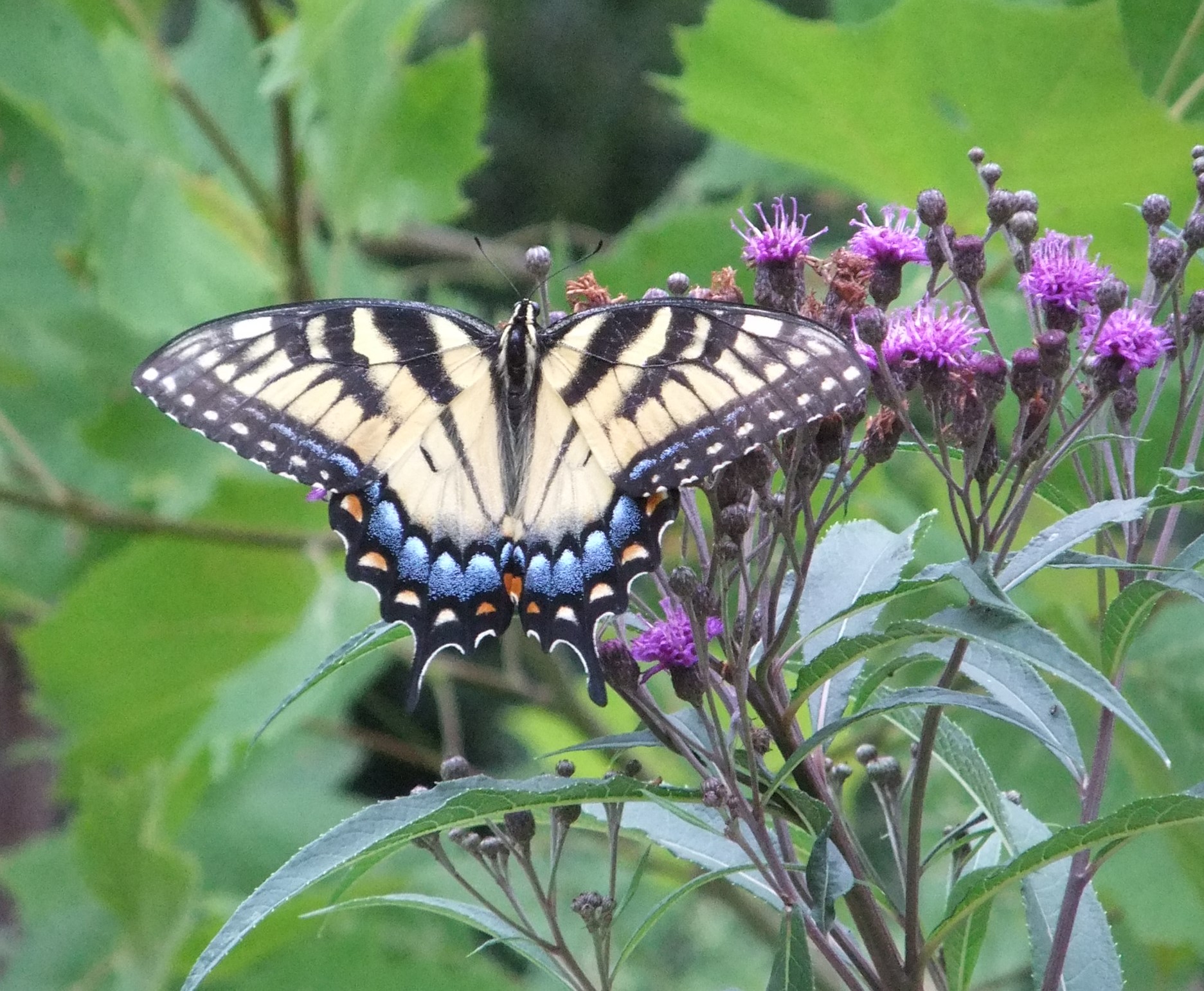Wednesday, July 19, 2023
As warm temperatures reach precedent-setting levels globally and drought conditions linger, summer is a good time to evaluate how your garden is surviving – or not.
Every plant has a cycle so many flowering plants only bloom at certain times of the year and then go dormant until the next season, but choosing plants that can thrive in local conditions, current and future, is critical. The Audubon Society of Northern Virginia’s “ambassadors” can help.

As the planet warms, the frequency and duration of droughts will increase, warned the United Nations last year. Northern Virginia localities are now at a “moderate drought intensity,” according to the U.S. Drought Monitor.
Over six million people, including most in the Washington, D.C., region rely on water from the Potomac River basin, says the Interstate Commission on the Potomac River Basin. Over two million get water from the Occoquan and other reservoirs.
The commission reports, “There is an above-normal probability of releases from the backup water supply reservoirs in the Washington metropolitan area for the summer and fall of 2023. These releases are typically prompted by low flows resulting from a combination of insufficient summer precipitation and groundwater levels. The Potomac basin has experienced unusual dryness, despite recent heavy rains bringing some relief and improving stream flows.”
One way to cope with drought conditions is called xeriscaping, an approach that minimizes irrigation and incorporates drought-tolerant plants. The Master Gardeners of Northern Virginia have recommendations here: https://mgnv.org/wp-content/uploads/2020/01/Best-Bets-for-Dry-Conditions-V2.pdf
Summer is also the time to determine how well your garden supports insects, like butterflies and bees. Insects need plants and plants need insects.
Insects pollinate plants, recycle nutrients, decompose plant and animal matter and are food for wildlife. Between 75 and 95 percent of all flowering plants on earth need pollination, says the Pollinator Partnership, and “one out of every three bites of food you eat is there because of pollinators.”
How to study insects? Some insects like butterflies are very conspicuous, but some like beetles are harder to see. “Settle on a patch of wildflowers and note what visits the flower, what is crawling on the stem and what is perambulating about the leaf litter … Look closely in flowers, on bark and among leaves. You’ll be amazed at what you find there,” advise John C. Kricher and Gordon Morrison in the Ecology of Eastern Forests.
Many insect populations are declining, a trend some call “the insect apocalypse.” A 2019 study concluded that over 40 percent of the world’s insects face extinction. Entomologist Dr. Doug Tallamy cautions, “We are at a critical point of losing so many species from local ecosystems that their ability to produce the oxygen, clean water, flood control, pollination, pest control, carbon storage, that is, the ecosystem services that sustain us, will become seriously compromised.”
Insect declines are attributed largely to loss of feeding and nesting habitats. Native plants can help. Most native insects are specialists, meaning that they depend on the plants with which they co-evolved, called “host plants.” Says Plant NoVaNatives, “The difference between a native shrub and a non-native one is that the former will not only beautify a property, but will turn it into a living landscape that supports the butterflies and birds.”
Audubon Society of Northern Virginia’s ambassadors offer free on-site consultations and recommendations to support the ecological functions needed for a healthy habitat.
The program certifies properties as Audubon at Home Wildlife Sanctuaries. Certification relies on how successful the property is at attracting and supporting wildlife.
Mount Vernonite Betsy Martin, Co-Director, explains: “To be certified, they must document that their yard is being used by at least 10 out of 42 Audubon at Home ‘sanctuary species.’ The list includes birds (such as Baltimore orioles and Carolina chickadees), beneficial insects (such as monarch butterflies), as well as box turtles and other reptiles, frogs, salamanders and mammals. The sanctuary species are all beneficial species that can be helped by homeowners creating native habitat for them. The motto is, ‘Let the animals decide.’ If the critters show up and use your yard, then they’ve decided it’s a wildlife sanctuary.”
Over the past year, the program certified 86 properties, totaling 650 acres. One of these was the 1,000th property certified since the program began. They have certified over 8,000 acres.
The ambassadors do not design landscapes or do hands-on landscaping. Visit https://www.audubonva.org/aah-consultation-request-form.
More information:
Audubon, https://www.audubon.org/native-plants, enter your zip code
Plant NoVaNatives, https://www.plantnovanatives.org/
Virginia Native Plant Society, https://vnps.org/
National Wildlife Federation, https://www.nwf.org/Garden-For-Wildlife/Certify
Homegrown National Parks, https://www.homegrownnationalpark.org/